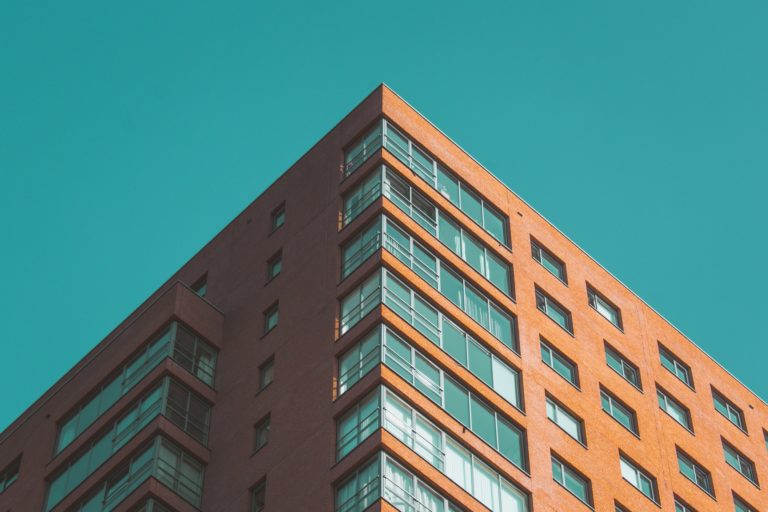June 22, 202: “The U.S. Food and Drug Administration is providing an update on the steps it has taken, and will continue to take, to ensure that American consumers have access to safe and nutritious infant formula in the coming weeks and months.
“The FDA is working night and day to ensure that parents and caregivers can readily find safe and nutritious formula products for any child who needs it,” said FDA Commissioner Robert M. Califf, M.D.
“I have personally spoken with infant formula manufacturers over the past several weeks and all have significantly increased their production efforts, which is resulting in more supply that will be available on stores shelves moving forward.”
FDA Flexibilities Have Resulted in Approximately 365 Million Bottles Worth of Infant Formula
In the past month, the FDA has issued enforcement discretion letters for the importation of the infant formula products from six countries, with a total estimated quantity of 17 million cans, or about 365 million full-size, 8-ounce bottles.
These products have already started to hit the U.S. market and more will appear on store shelves over the coming weeks and months.
Consumers should have confidence that the infant formula that is being imported to the U.S. through this process involved a thorough review of the information provided by the companies, including details about the product’s nutritional adequacy and safety, microbiological testing results, labeling information, and importantly, details about the manufacturing facility’s food safety production practices and inspection history.
Agency Continues Regular Inspections of Infant Formula Facilities
The FDA takes its responsibility seriously to ensure the foods we eat are safe and meet our rigorous standards for quality and safety – this is particularly true for infant formula.
While the FDA Food Safety Modernization Act (FSMA) requires the agency to inspect domestic food facilities at least once every 3 to 5 years, the FDA has a policy of annually inspecting infant formula manufacturers because the products serve as the sole source of nutrition for some of our most vulnerable consumers.
This goal of annual surveillance inspections of these facilities has consistently been met over the years with the exception of 2020 during the COVID-19 pandemic. However, even throughout the COVID-19 pandemic, the FDA continued to inspect facilities, including infant formula facilities.
In fact, we inspected six firms in fiscal year 2020 (Oct. 1, 2019 – Sept. 30, 2020), including several during the height of the pandemic in the summer and fall of 2020.
In order to develop a prioritized list of firms to inspect throughout 2021, the FDA evaluated the firms that we did not inspect in 2020 to focus on firms that met certain risk criteria, including a firm’s inspection history, hazard signals such as consumer complaints, and other factors.
While the agency postponed certain food surveillance inspections during the pandemic, the FDA resumed its annual surveillance inspection schedule for infant formula facilities beginning in July 2021.
In fiscal year 2021 (Oct. 1, 2020 – Sept. 30, 2021), we prioritized inspections of infant formula firms, conducting 16 domestic inspections throughout the year; including Abbott, Mead Johnson, Gerber, and Nestle. Since the start of fiscal year 2022 (Oct. 1, 2021), we have conducted 10 domestic infant formula inspections and one foreign, including Abbott, Mead Johnson, and Gerber.
Importantly, it is a firm’s responsibility to ensure the consistent quality and safety of the products they produce.
In addition to our oversight work, the FDA stresses the importance of a company’s quality systems and culture. Ultimately, when problems are found it is the responsibility of the firm to correct those issues to keep consumers safe.
Latest Update on Certain Specialty, Metabolic Infant Formula Being Released by Abbott on a Case-by-Case Basis
The FDA is continuing to work to ensure infants and individuals with medical conditions who rely on certain specialty, amino acid-based and metabolic infant formula products have access to these life-sustaining products.
Some of these products have been available on a case-by-case basis from Abbott Nutrition over the last several months because the risk of not having access to them could significantly worsen underlying medical conditions and in some cases pose life-threatening risks.
To date, this case-by-case release has provided life-sustaining products to more than 2,411 infants and individuals in need, and more than 280,000 containers of additional product remain accessible to those in need.
The products are available on a case-by-case basis to patients, hospitals and institutions by calling Abbott Nutrition at 1-800-881-0876.
Abbott Nutrition tested certain product lots that Abbott has held in storage since the FDA’s Feb. 17 warning and the company’s voluntary recall due to concerns that they were manufactured under insanitary conditions.
These products have now undergone enhanced batch testing and the company reports none of the batches tested positive for Cronobacter, a bacterium that can cause severe foodborne illness primarily in infants.
The enhanced testing provides further safety assurances to those seeking access to these products.
It’s important to note that even with the enhanced batch product testing being completed, the agency continues to recommend that parents and caregivers seeking access to these products first work with their child’s medical provider to determine whether comparable products or other changes to feeding practices may be an appropriate substitute.
If comparable, alternative products are not available or appropriate, parents and caregivers using these products should consider following the FDA and CDC’s most current advice on how to reduce the possibility of a Cronobacter infection.
Because powdered formula is not sterile and can also be contaminated in homes, it is advised to wash hands with soap and water, especially before preparing bottles and feeding.
Ensuring all surfaces and feeding items are clean when preparing infant formula will also reduce the potential for possible contamination.
Abbott’s Sturgis Facility Update and Prior Inspections at the Facility
Abbott recently announced that recent severe weather and rainfall resulted in flooding in areas of the Sturgis facility on Monday, June 13.
While this is an unfortunate setback and a reminder that natural weather events can also cause unforeseen supply chain disruptions, Abbott is working quickly to assess the damage and will be reporting its progress to the agency in the days ahead.
We will return to the facility and work closely with Abbott so that the Sturgis facility can restart producing safe and quality formula products as quickly as possible.
Making sure that parents and caregivers have access to both safe and available infant formula remains a top priority for the FDA, and our teams are working night and day to help make that happen.
Separately, given the overwhelming public interest in the FDA’s prior inspections of the Sturgis facility, the FDA is also releasing establishment inspection reports for several previous Abbott inspections.
As previously reported, during our 2019 and 2021 inspections, the agency collected and tested samples of finished products.
These samples tested negative for pathogens. During these inspections, it was determined the firm had found batches of Cronobacter contaminated finished product and had taken the appropriate action to destroy three batches, two in 2019 and one in 2020, before distribution.
Our most recent inspection in January 2022 was a for cause inspection due to consumer complaints of infant illnesses following consumption of infant formula produced at Abbott’s Sturgis facility.
Agency Review of Abbott Infant Formula Consumer Complaints
The work the FDA does to make sure the foods we eat are safe is constant. This work includes ongoing surveillance of every consumer complaint it receives about the products the agency regulates.
To date, the FDA has reviewed and investigated a total of 129 complaints associated with Abbott Nutrition formula products. Of these, 119 complaints were reported after Abbott voluntarily recalled product on February 17.
The FDA has previously reported its review of complaints related to nine infant deaths.
Only two were associated with the Abbott Nutrition Sturgis plant investigation, and despite extensive investigation the evidence does not rule in or rule out a definitive link between these infant deaths and the product produced at Abbott Nutrition’s Sturgis plant.
The agency was notified of one additional consumer complaint on June 10, 2022, that resulted in an infant death in January 2022.
The agency has initiated an investigation, given that the complaint referenced that the infant had consumed an Abbott product. However, the investigation of this most recent consumer complaint is in its preliminary stages and the agency will provide an update as it learns more.”
https://www.fda.gov/news-events/press-announcements/fda-provides-update-efforts-increase-supply-and-availability-safe-and-nutritious-infant-formula











